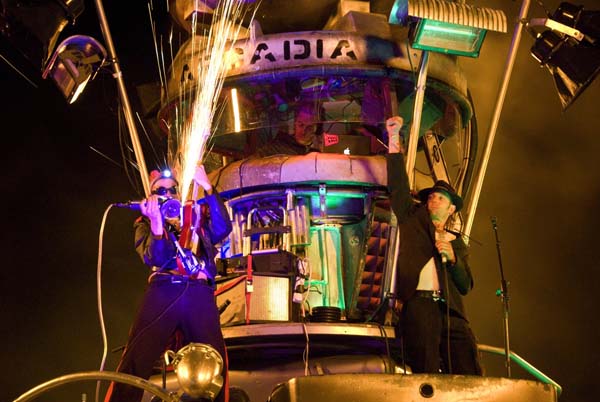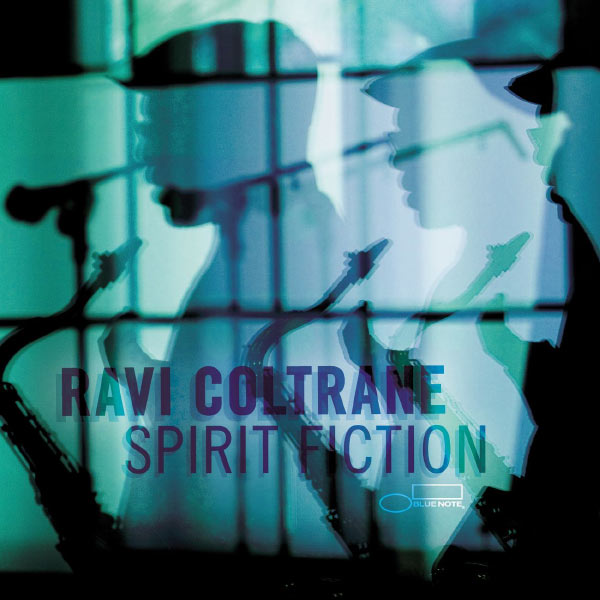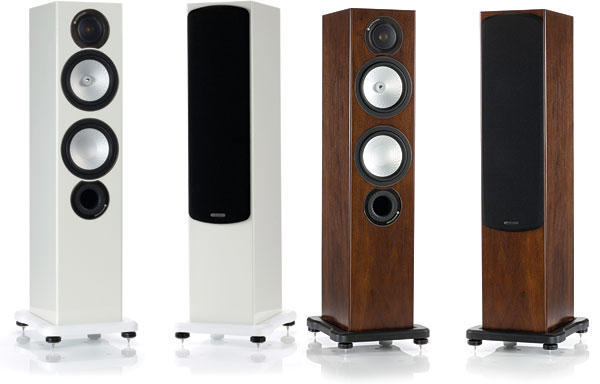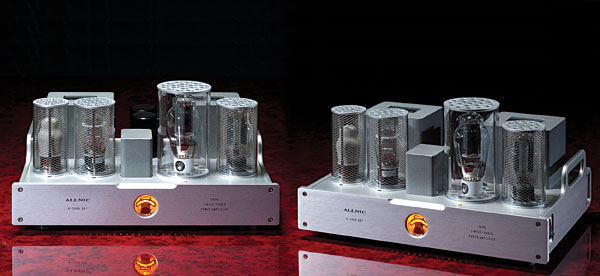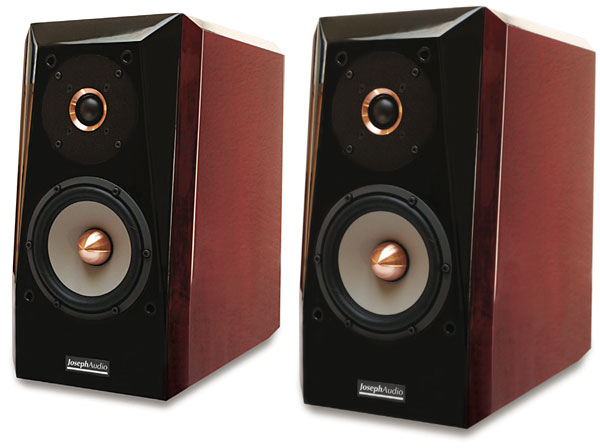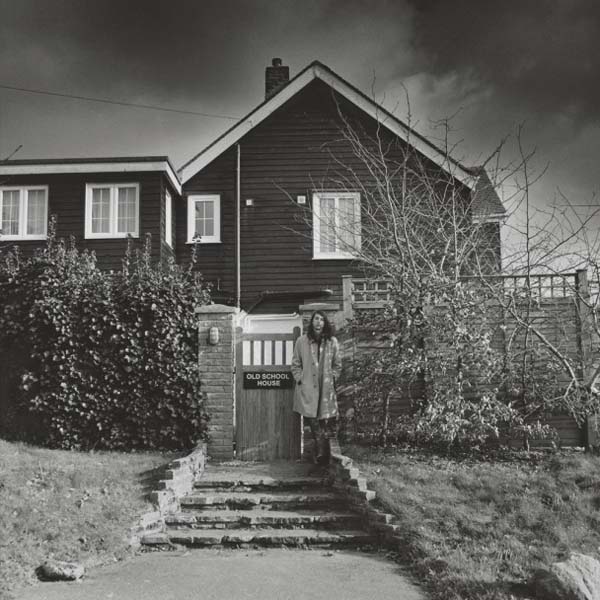NYC’s Catalpa Festival brings the heat
With New York City temperatures rising into the high 90s this afternoon, there’s no doubt that summer has officially arrived. And summer means great live music. Ask Stereophile’s editorial assistant, Ariel Bitran, who returned to the office all bronze-skinned and bleary-eyed after attending the recent Bonnaroo festival in Manchester, Tennessee. (He’s been wearing sandals ever since.) And, while I can understand and appreciate the desire to get away from the City during these summer months, I’m happy to know that New York will be home to another major outdoor music fest: The first Catalpa Festival will be held this July 28th and 29th, from 1 to 11pm, on Randall’s Island.

